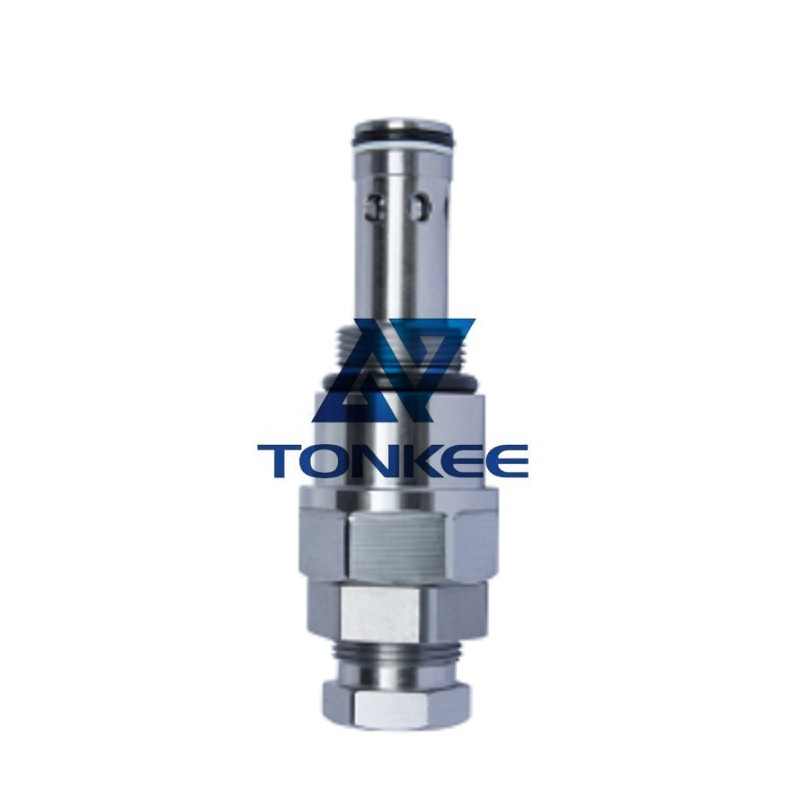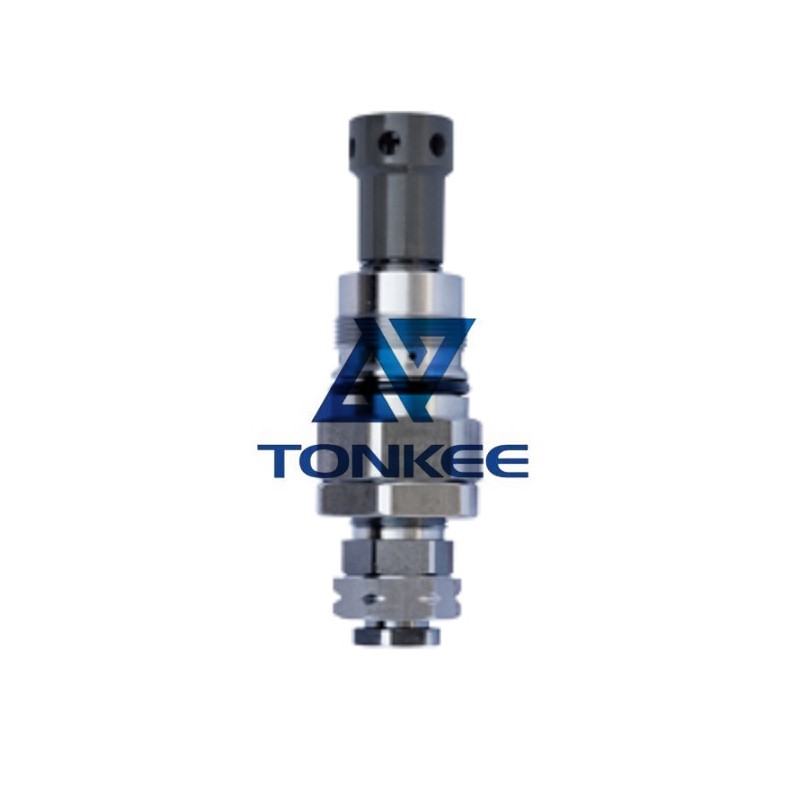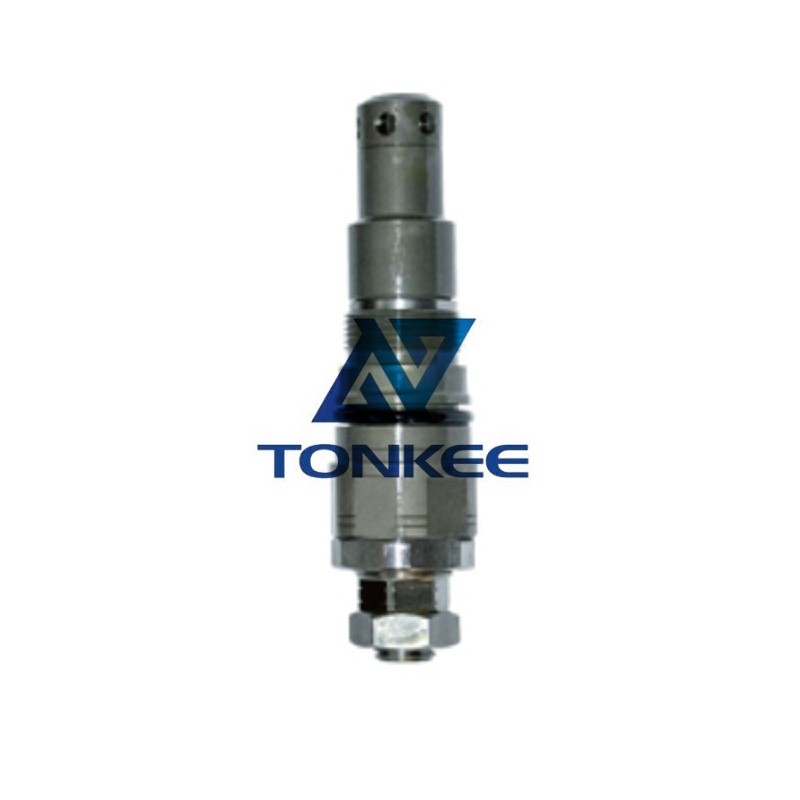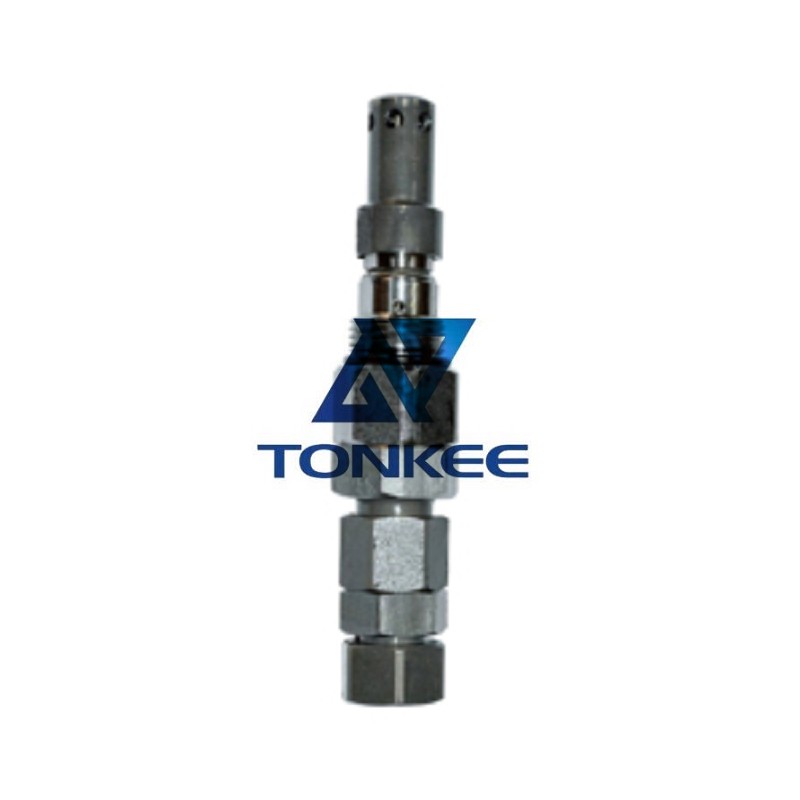
Pressure Regulation: The main function of the relief valve is to regulate the hydraulic pressure within the system.
It ensures that the pressure does not exceed the predefined limit, protecting the hydraulic components from damage.
Overpressure Protection: The relief valve acts as a safety mechanism to prevent damage to the hydraulic system by diverting excess pressure to the tank when it surpasses the set limit.
Compact Design: The PC400-7 Main Relief Valve is designed to be compact, allowing for easy installation and integration into the hydraulic system of the excavator.
High-Quality Construction: The relief valve is constructed with durable materials to ensure long-lasting performance even in demanding operating conditions. It is designed to withstand high pressures and resist corrosion.
Precise Pressure Adjustment: The valve provides precise pressure adjustment capabilities, allowing operators to fine-tune the hydraulic system according to the specific requirements of the task at hand.
Pressure Rating: The PC400-7 Main Relief Valve is rated to handle hydraulic pressures up to a specific maximum value, typically expressed in pounds per square inch (psi) or bars. The specific pressure rating may vary depending on the model and configuration.
Flow Capacity: The relief valve has a specified flow capacity, indicating the maximum flow rate it can handle without affecting its performance or compromising the system's pressure regulation.
Mounting Type: The relief valve is designed for specific mounting configurations to ensure compatibility with the excavator's hydraulic system. It may feature threaded connections or other mounting options depending on the system requirements.
Operating Temperatures: The valve is designed to operate effectively within a particular temperature range.
Extreme temperatures can affect the valve's performance, so it is important to ensure that it is suitable for the intended operating conditions.
Maintenance Requirements: The PC400-7 Main Relief Valve may have specific maintenance recommendations, including periodic inspections, cleaning, and lubrication. It is crucial to follow the manufacturer's guidelines to ensure optimal performance and longevity.





 English
English português
português Русский язык
Русский язык












